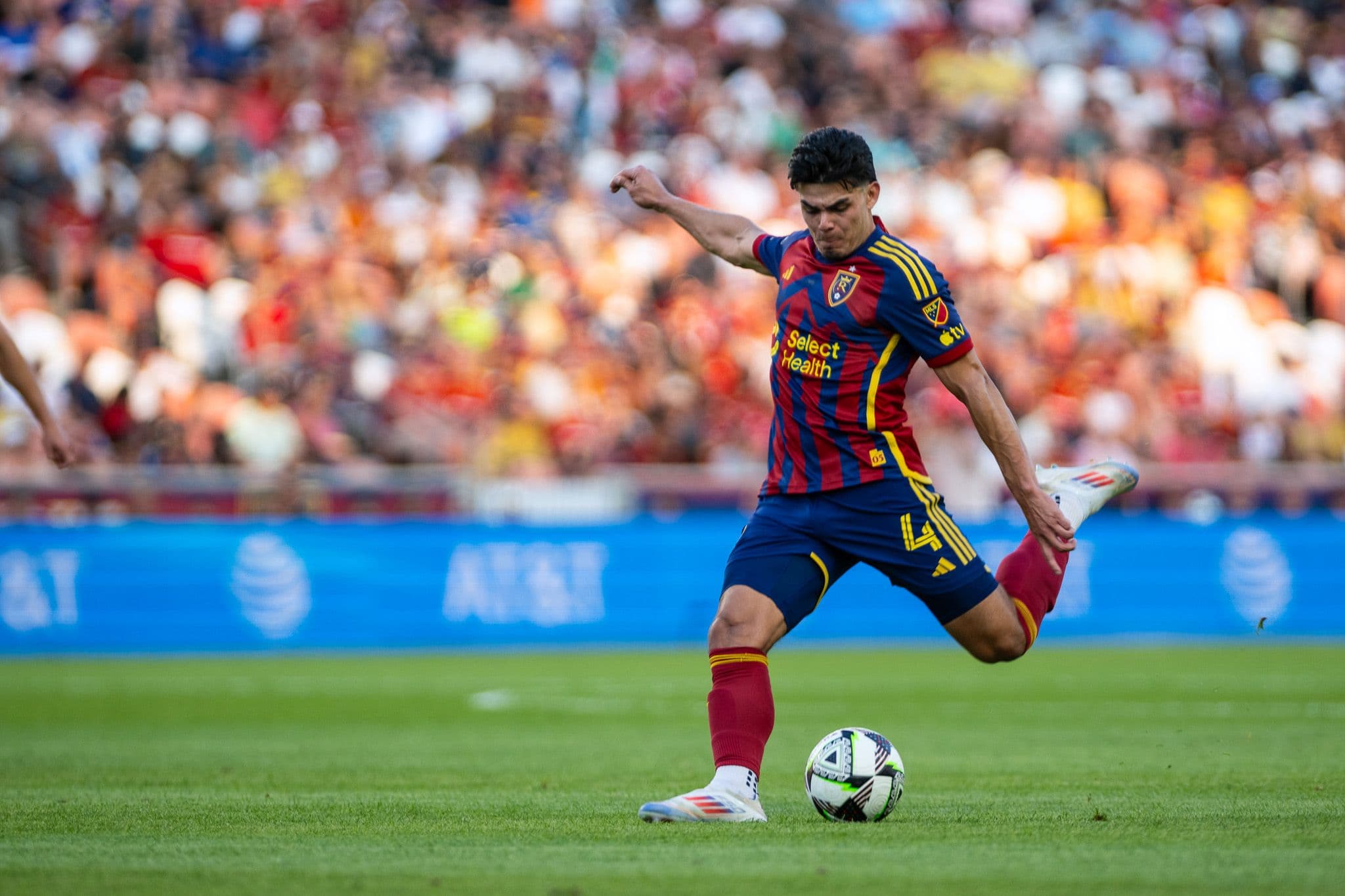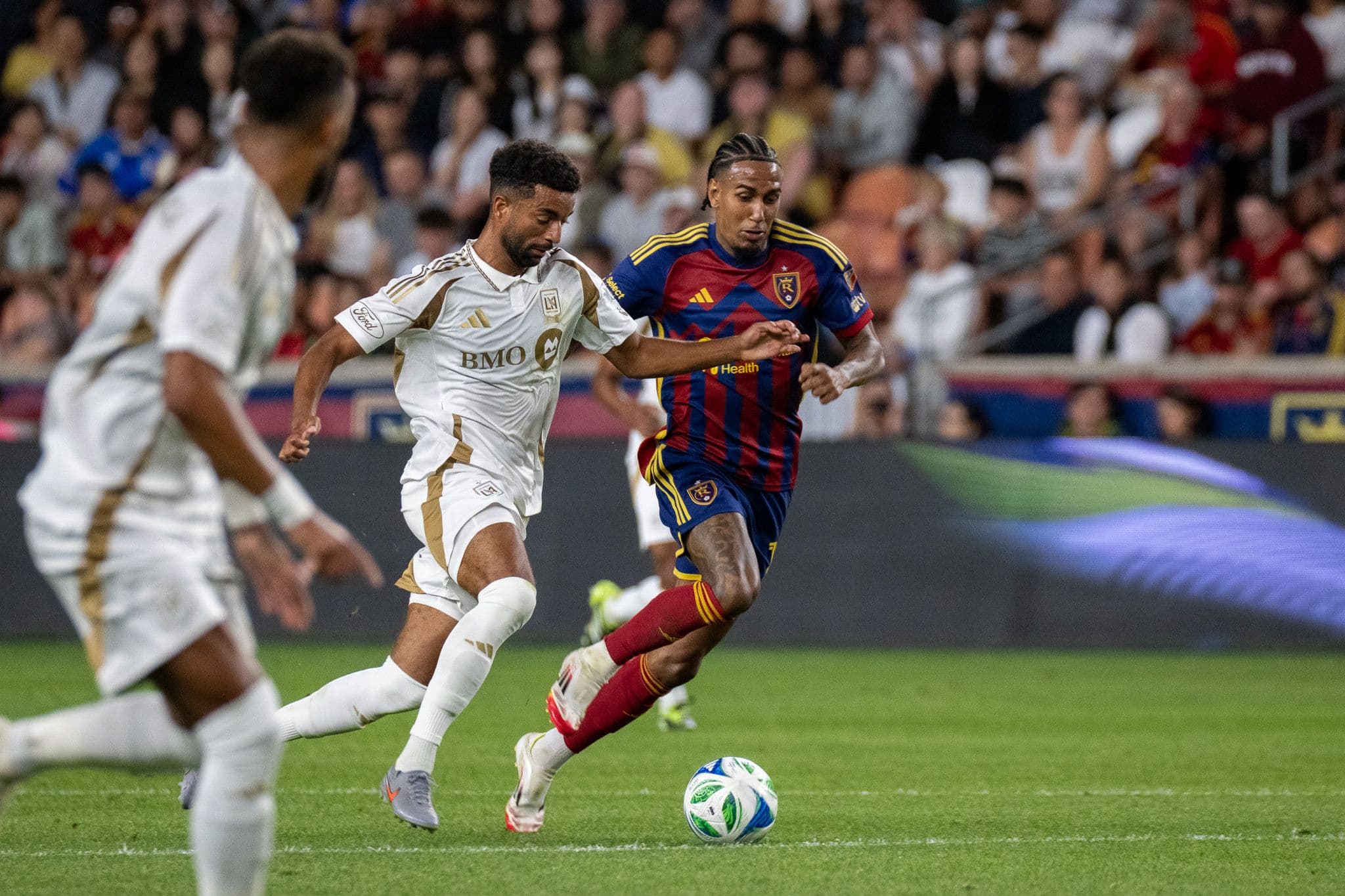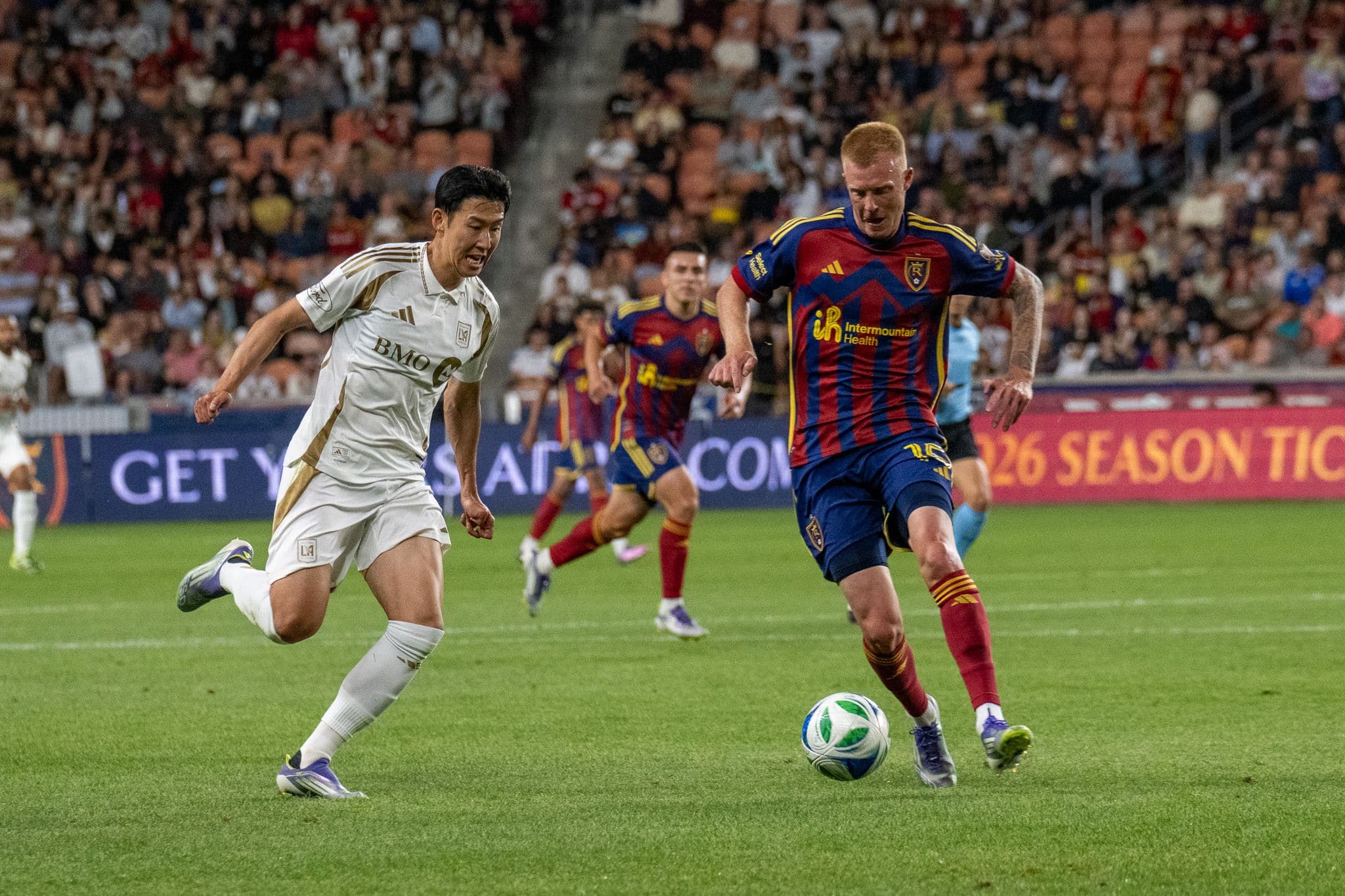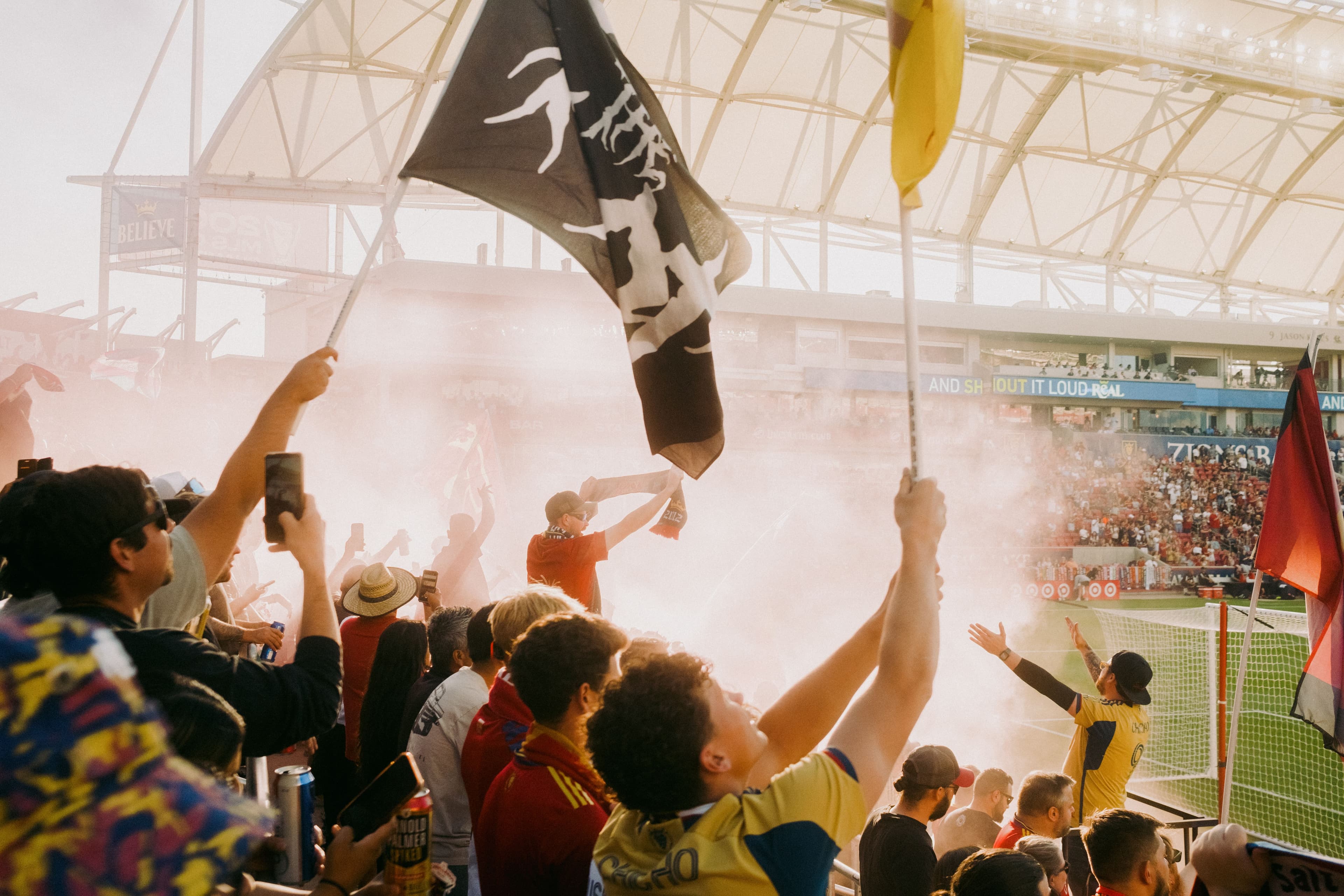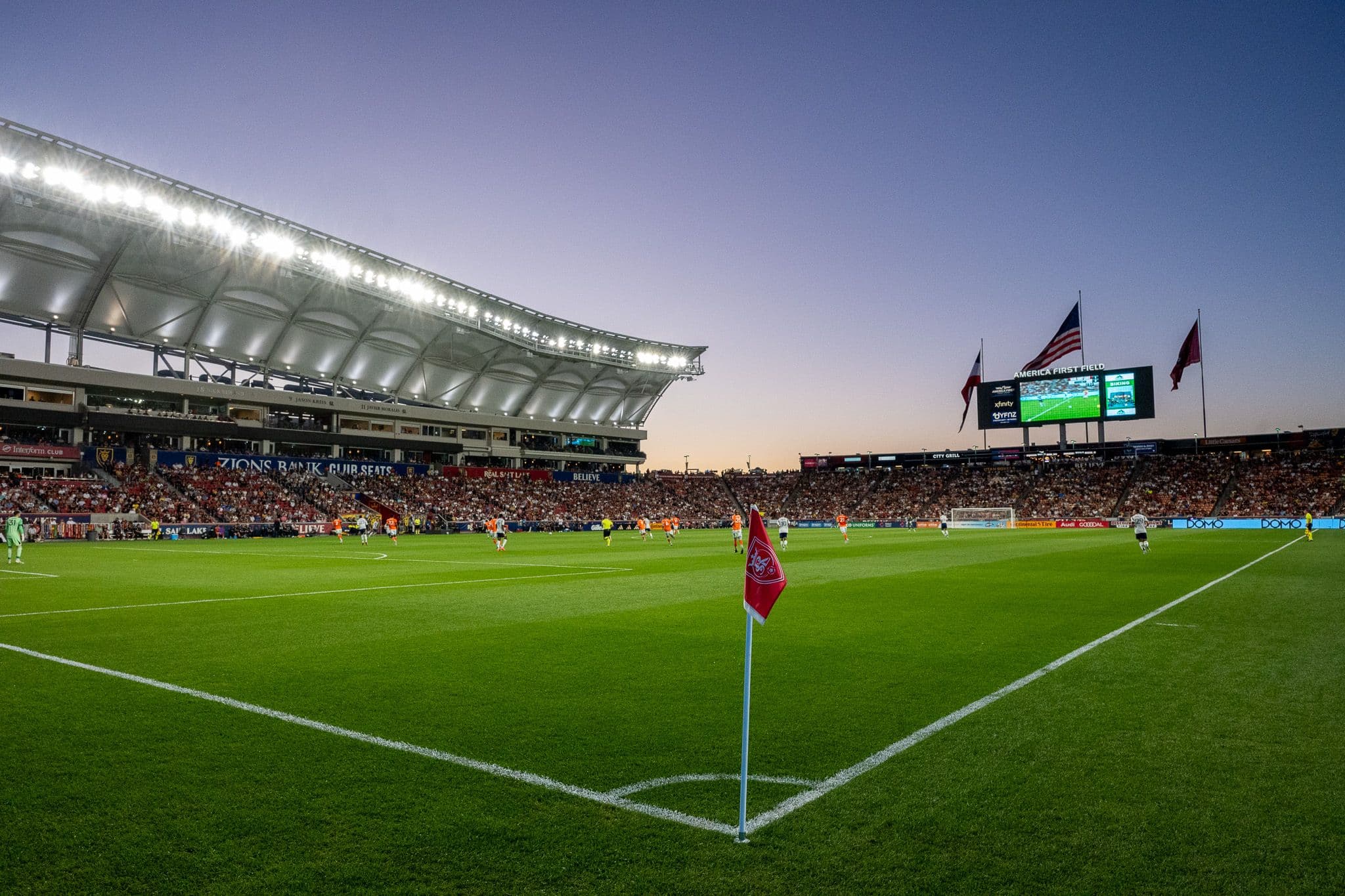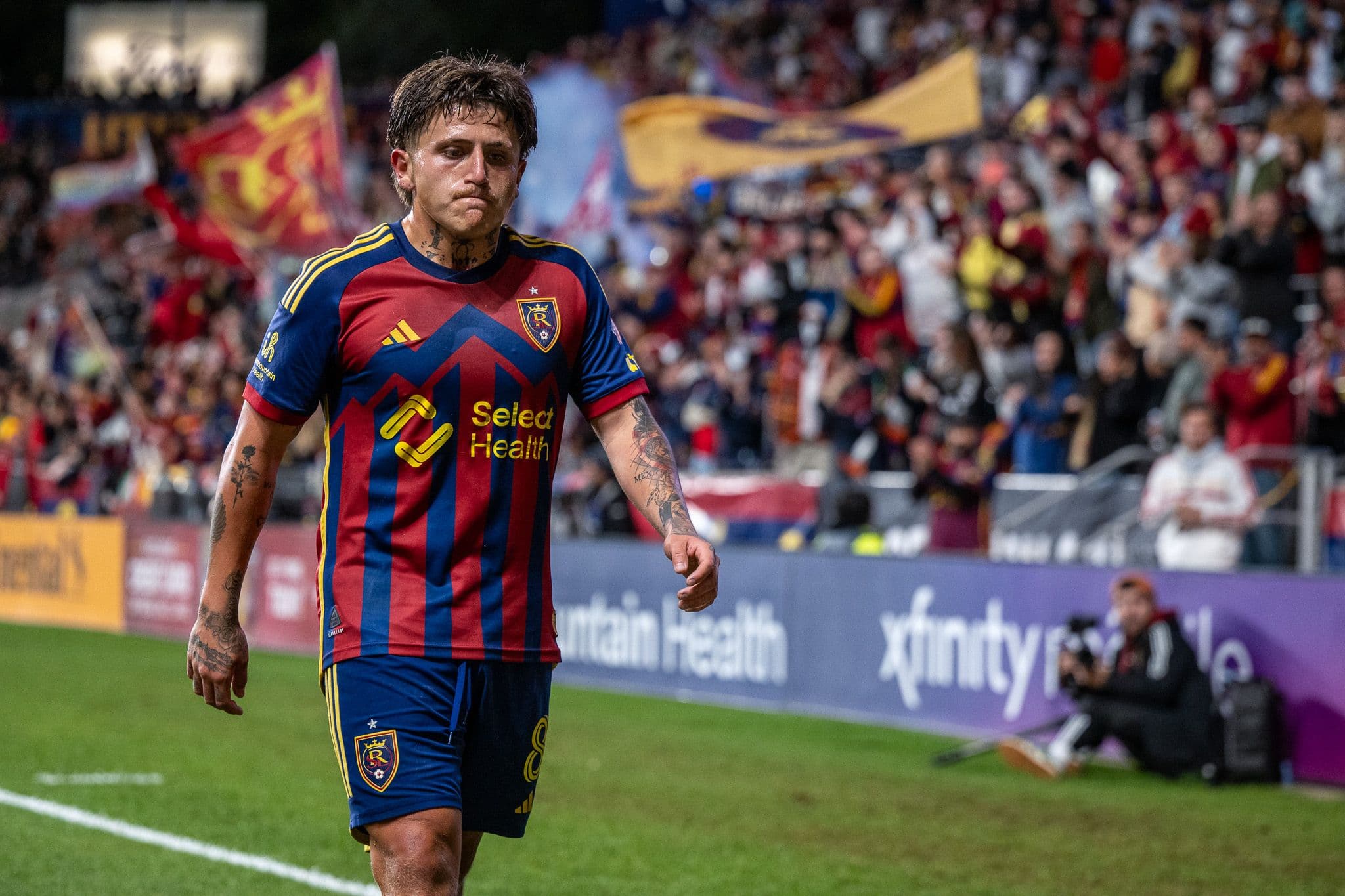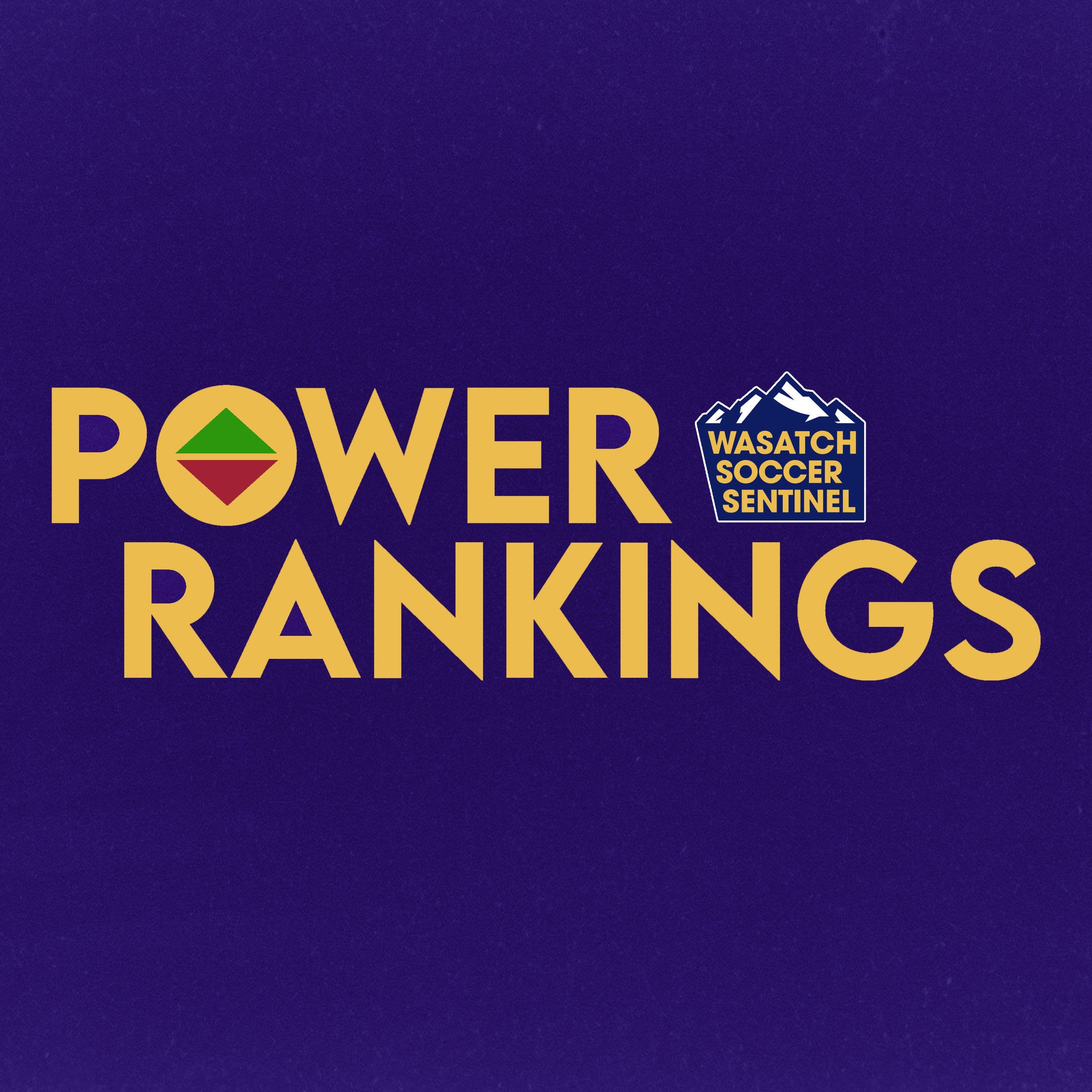After 10 games in the 2024 campaign, I think we can confidently declare that Real Salt Lake is good.
You might hear some hesitation in that sentence. I think that’s justified. In 2023, RSL started poorly, improved significantly in the middle of the season, and ended with a bit of a whimper. In 2022, the team started well — not this well, but lifted as high as second place — and really fell off in the back half of the season. Even in 2021, the team started better than they ended, though the ceiling was much lower that year.
All that to say: It can sometimes feel like we’ve heard this song before. It’s not a rational thing, really — we can’t assess things properly from that perspective — but brains are funny things, and we can’t always avoid cognitive biases. So there’s my caveat: I’m feeling nervous, not because this team has made me nervous, but because the past has made me nervous. To address this, let’s look at some reasons why the team is good.
Chicho Arango is an elite MLS striker
The data truly speaks for itself. There’s a chart below for you to look at from the excellent McLachApp. It’s comparing Arango to all forwards and attacking midfielders in MLS for the season, though it does not include Saturday’s match. (I imagine it will soon, but I’m writing this now, not later.)

This is an elite striker in the league. It’s tempting to talk about Arango as an “excellent finisher,” but there are a few factors that make this not a particularly meaningful statement. Yes, he is scoring at a good clip, and he is outperforming his expected goals. That metric — 0.45 non-penalty expected goals per match vs 0.78 non-penalty goals per match — tells us something, but variance can account for at least some of that. 10 matches is not enough to make a definitive statement about overperforming that particular metric.
The more meaningful metric for me when thinking about the success of the team focuses instead on Open Play Shots Created for Others. It is one thing to have a great striker, and we’ve seen plenty of teams with one great goalscoring striker and limited success. Arango does more than simply score goals created by others, but he creates shots for others himself. He is not particularly strong in expected assists, but even if the shots are of poor quality, he’s influencing play in positive, game-changing ways.
What’s changed
McLachApp provides some interesting charts around team performance over the course of the season, and comparing 2024 to 2023 can give us some better context around how the team has performed, though it will not tell us why the team has improved.
A few notes: PAdj is ‘possession-adjusted’, which allows us to more easily compare across teams and normalize for teams that have more or less possession than others. StatsBomb has a nice article on the subject. PPDA is passes per defensive action. NPxG is non-penalty expected goals.
Now that we’ve got that housekeeping out of the way, let’s look at these two team profiles.


These two team profiles describe completely different teams. Despite the personnel being largely unchanged, we see fairly radical changes in metrics. Let’s call to attention a few things that aren’t unchanged:
- RSL continues to be among the worst in the league at staying onside. We’ll call this the “Anderson Julio” effect, but the problem is deeper than just a single player.
- Tackles in the final third still tend to be lower than the average MLS team, though I’m not sure this metric really tells us too much — there are reasons not to tackle, and there are reasons to tackle. All the same, it’s something that’s been consistent.
- RSL continues to be a team that dribbles frequently, as the data can attest. That’s probably the most meaningful thing that’s remained the same.
- This is interesting: The team is taking about as many shots as they were last year.
What’s changed, then? While it’s easier to tell us what hasn’t changed, I’m far more interested in knowing how the team has improved.
- RSL has stopped crossing into the box. Full stop. (Well, not full stop.) They’ve gone from being a team that puts more crosses into the box than average to a team that puts in far fewer than average. That is a distinct shift in tactic.
- Possession has gone from 48.9 percent to 52.6 percent — again, that’s a big shift in tactic.
- Shot quality has improved, with the non-penalty expected goals average per shot going from 0.074 to 0.086. That might not seem huge, but that’s an important change.
There are two slightly concerning changes in these statistics:
- RSL is conceding more shots than they were last year, now looking to be one of the league-worst in that regard.
- They’re also committing more fouls than last year, too.
Are those particularly meaningful? It’s sure hard to say. Those are areas that, if the team continues to underperform the rest of the league, could provide a point of danger. Some of these good metrics could slide, and the poorer ones could prove costly. It’s not a red flag now, but it’s certainly an area where the team needs to improve.
Emeka Eneli and Braian Ojeda’s partnership
Of the things I did not expect in 2024, one of the biggest has to be the continued prominent role Emeka Eneli has played in this team. While he was a useful player in 2023, playing in the midfield and at right back, he has been an ever-present in the team, playing every minute of every match thus far. While his ability to avoid injury has been particularly useful, there’s one statistic where Eneli stands head and shoulders above the rest of the league.

This chart shows Eneli as a top-tier player in MLS when it comes to interceptions, adjusted for possession. His passing is good, but 1.8 interceptions per game. (A tangent: This is where possession-adjusted statistics are most helpful. Because RSL is holding more of the ball, he has fewer opportunities for interceptions, and so instead of just having fewer than other players, the adjusted statistic can account for that. Interesting stuff!)
Meanwhile, Ojeda brings something different to the team.

He’s actually doing pretty well as somebody reading play and intercepting the ball, but moreover, he’s among the best dribblers in the league from the midfield. He’s a bit of a turnover machine, too, and he fouls a bit more regularly than perhaps he should be, but that balances well with Eneli.
These two forming a strong partnership is one of the most important things that’s happened at RSL in 2024, especially with Pablo Ruiz falling to injury so early in the season.
Next time we chat, I’d like to take a look at Matt Crooks. What does he bring to the team? Is he pulling his weight? What about Andres Gomez — how is he impacting play? Is he a top player for RSL, or is he filling a role? (If you want to use the tools I’ve shown here, you can get the answer yourself early. Do it!)

 Wasatch Soccer Sentinel
Wasatch Soccer Sentinel
